by Janel
Choosing tomatoes to plant in your garden can be a bit tricky if you don’t know a few key terms. Since there are so many different tomato varieties out there, it can be hard to figure out which one is right for your garden. Some varieties are perfect for making sauce, while others are great for tossing into salads all summer long.
All of the tomato seeds Southern Exposure offers are non-GMO and non-hybrid. Most varieties are heirloom tomato seeds. People often debate about what “heirloom” means, but to us, an heirloom variety is generally one that was introduced before the widespread use of hybrid varieties in industrial agriculture. This began around 1940. The integrity of our heirloom tomato seeds has been preserved thanks to open pollination. Most of our tomato seeds are also certified organic, which means the seed was collected from plants grown without exposure to petrol chemicals.
Determinate vs. Indeterminate Tomatoes
The distinction between determinate and indeterminate tomatoes sometimes leaves people baffled, so here’s a little tutorial.
Determinate tomatoes will stop growing at a certain point, and generally they are shorter in height than indeterminate varieties. Here in Virginia, if a determinate tomato plant grows to be five feet tall, the same plant could be three feet tall in a colder climate. Either way, there is a limit to how tall a determinate tomato plant will get.
Determinate tomatoes include: Glacier, Roma VF Virginia Select, Marglobe VF, Neptune
Indeterminate tomatoes, on the other hand, will just keep growing and growing! Factors that affect height are climate/length of season, trellis size, and plant health. In tropical areas, indeterminate varieties can be like perennials and grow for a few years. Most tomato varieties, especially cherries, are indeterminate. One of our customers who planted our Matt’s Wild Cherry seeds in her greenhouse told us that the vine grew to be 17 feet long! (Please keep in mind that this is very unusual.)
Indeterminate tomatoes include: Yellow Brandywine, Georgia Streak, Abraham Lincoln
An advantage of growing determinate tomatoes is that there is less trellising work involved. Also, if you are going to be canning fresh tomatoes, you will probably want to go with a determinate variety as most of the fruit will need to be harvested over a short period of time. The disadvantage of determinate tomatoes is that they have fewer leaves than indeterminate varieties, meaning that the plant is less likely to receive nutrients. More leaves = more nutrients = tastier fruit. So, if you are hoping for a tomato plant that will consistently bear smaller amounts of tomatoes for snacking, sandwiches and salads, you’ll want to go with an indeterminate variety.
Cage-free Tomatoes?
We’ve been asked if it’s absolutely necessary to trellis tomatoes. In other words, is it OK to let them sprawl on the ground? The short answer is yes. But it’s not the greatest idea! Cage-less tomatoes will bear less fruit than trellised tomatoes, and the fruit you will get
could be more vulnerable to rot and critters. If you really don’t have the funds for trellising materials, make sure to mulch the ground heavily to protect the tomatoes. If the mulch gets wet, however, the ripe tomatoes sitting on the ground will certainly rot, so I’d recommend only trying cage-free tomatoes in hot, dry weather.
Although tomato trellising requires both time and money, it’s a worthy investment! You can reuse your tomato cages year after year. At Southern
Exposure, we use five-foot-tall cages made with concrete-reinforced wire cut into pieces that measure two to three feet in diameter. Also, we make sure to secure our cages with sturdy posts so that they don’t fall over.
Husk Tomatoes
Thanks to some of our seed growers just up the road, we now carry fives types of tomatillos! Our most recent addition is called Purple Tomatillo. In honor of this, I’d like to briefly explore the world of husk tomatoes with you.
Husk tomatoes, as our catalog describes, “are distinguished from tomatoes by the light-brown, papery husk which enlarges and covers the maturing berries.” Picture Chinese lanterns with goodies inside of them, and you’ve got husk tomatoes!
Ground cherries and tomatillos are the two most commonly cultivated species of husk tomatoes. Tomatillos are commonly used for salsa and other Mexican foods, and they are often cooked to bring out their full flavor. Ground cherries, on the other hand, can be eaten raw. They are deliciously sweet, so you could also try them in sauces, preserves, pies and other desserts!
Lastly, Some All-Time Favorites!
For storage – Garden Peach*
For sauce – Hungarian Italian Paste
Cherry tomatoes – Matt’s Wild Cherry
All-around good – Eva Purple Ball
*Personally, I’d say that Garden Peach is the most scrumptious tomato I’ve ever tasted. These little pinkish-yellow bulbs make the perfect snack, and if you pick them when light green, they’ll store well without splitting.
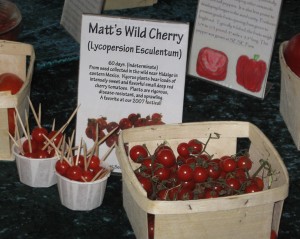
- Matt’s Wild Cherry Tomatoes were a favorite at Mother Earth News Fair and the Heritage Harvest Festival!
- ——————————————————————————————————————–
- Finding the Right Heirloom Tomato Seeds
- by Gineen
-
Tomatoes are a great place to start when it comes to planning your garden. Since there are so many great varieties of tomatoes it can be hard to figure out where to start. You might be tempted to plant tomato seeds for each of them! But, if you are limited by garden space, time, and tummies for them all to go, then it is probably a good idea to think about what you want to use them for and which flavors suit you best.
Heirloom tomatoes have gained some popularity in the past few years. It seems like: once you go heirloom you never go back. For the most part this is true – most varieties developed before 1940 were bred for great flavor. Some heirloom tomatoes were also developed for growing conditions – such as short summers or resistance to plant diseases like the dreaded late blight. So, it is important to note, that just because a tomato variety is an heirloom doesn’t guarantee that it will be delicious (although it’s a good indication).
Cherokee Purple is a beefsteak, heirloom tomato variety. These tomatoes hold a rare distinction of actually having a purple color. Most ‘purple’ tomatoes are more pink than purple. The Cherokee Purple tomato also has a distinctive interior. The flesh has a rich dark color while the locule (the cavity where the tomatoes’ seeds are contained) filling has a deep green color. The tomato’s flavor is rich and juicy.
The Yellow Brandywine tomato has all the delicious flavor of a traditional Red Brandywine tomato. The fruits are a rich yellow orange color,and have a smooth texture. Yellow Brandywine fruits often have some ribbing and generally weigh 1-2lbs, definitely a beefsteak tomato. If the tomato plants experiences drastic shifts in temperature fruit shapes can become irregular.
The Eva Purple Ball heirloom tomato plants take about 78 days before harvest. Fruits are great all around tomatoes they can be sliced and for sandwiches, cooked down into tomato sauce, and even dehydrated. Eva Purple Balls produce uniform sized fruits that are resistant to cracking and rarely have blemishes.
The Green Zebra tomato retains its green color after it ripens. It has a good earthy flavor and is popular with tomato aficionados. Although this tomato was developed in 1985, it can certainly hold its own in a garden with heirloom tomatoes. If you are growing tomato plants of this variety be sure to start the tomato seeds indoors since they take about almost three months, after being transplanted to produce fruit.
This cherry tomato wins taste test after taste test with its sweet flavor. The tomato plants produce high yields of tiny currant sized fruits. If you are going to plant this tomato in your garden you will certainly need to either place a cage around it or steak it. Matt’s Wild Cherry tomato plants tends to sprawl.
The Roma VFN tomato is a great example of a tomato that has not only been selected for flavor but for disease resistance as well. While no plant can ever be 100% safe in the garden the growing tomatoes should not suffer from Veritcillium Wilt, Alternaria stem cranker, or Fusarium wilt- race 1. The open pollinated seed are recommended for a wine range of climates and growing conditions.

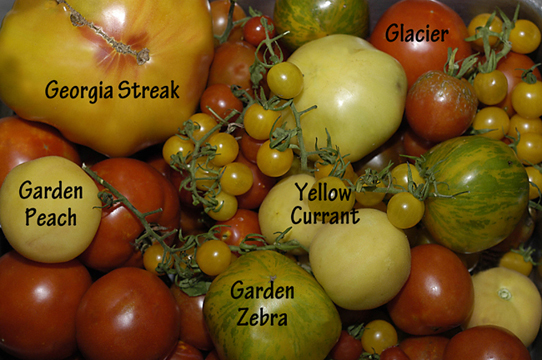
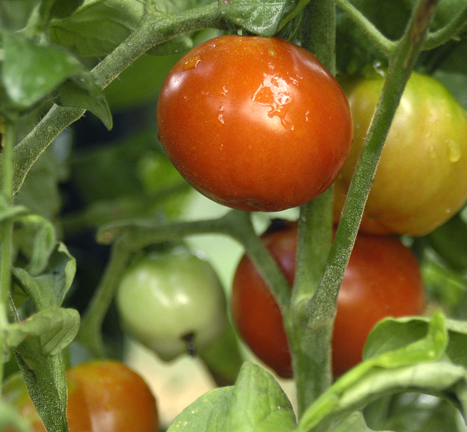
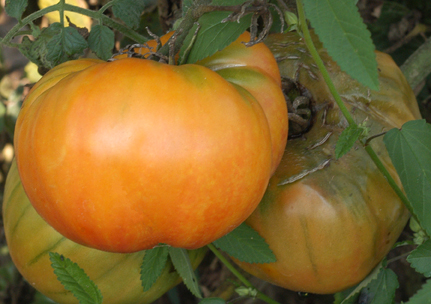
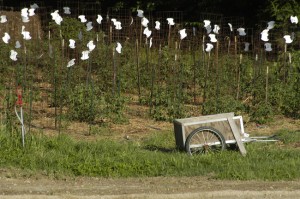
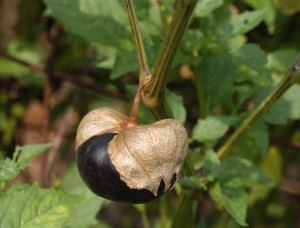
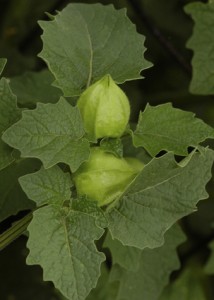
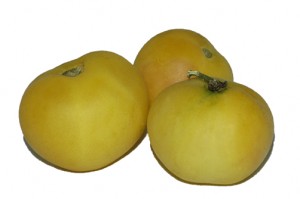
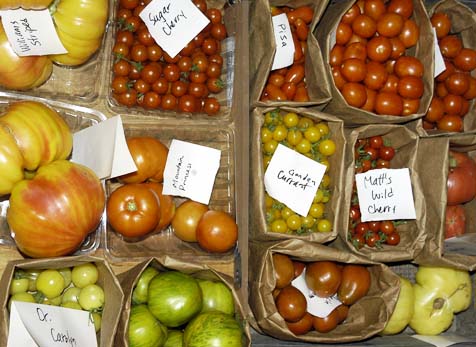
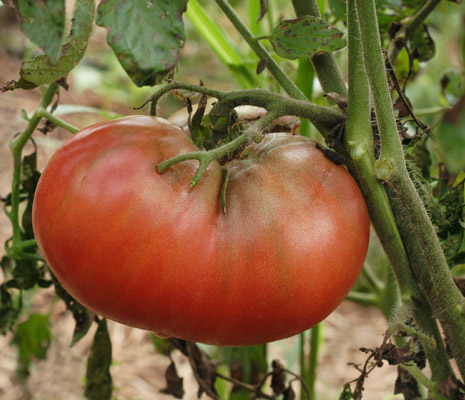
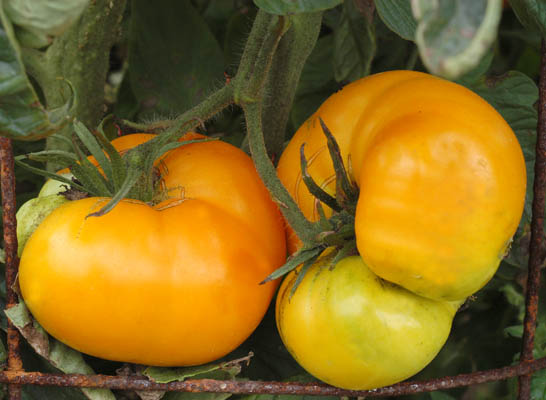
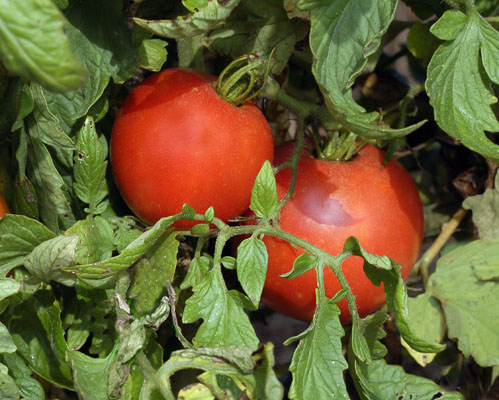
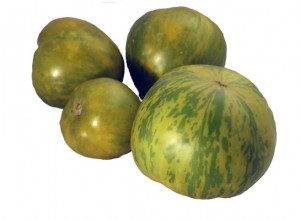
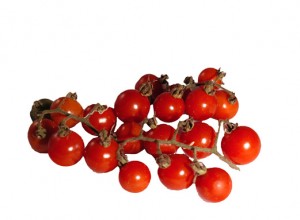
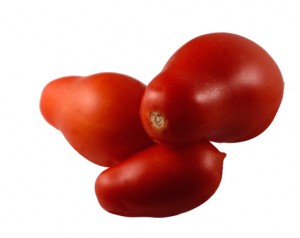
This is well-written and information-packed. Thank you! Will you soon have some of the Dwarf Tomato Project varieties and information available?
This will be my third year in attempting to grow my favorite greens. With limited success I have turned to you site for much needed help. I have read your sowing suggestions and I already see that most of what I was doing has been wrong.
I will keep you informed for my growing success!